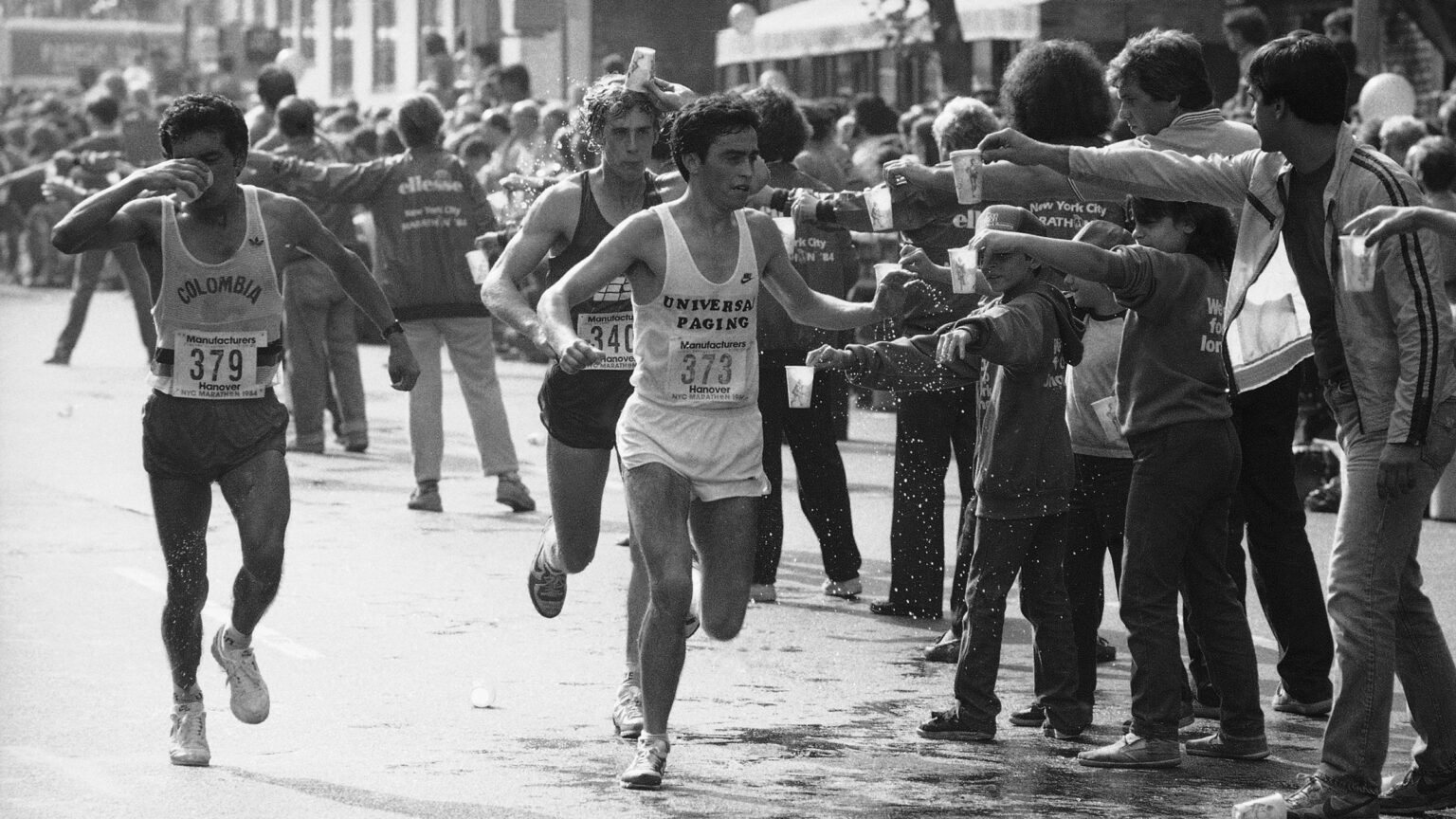Keyword: Marathon Nutrition
Marathon nutrition has evolved dramatically over the years, transforming from a rudimentary practice to a well-documented science that plays a crucial role in a runner’s performance. Modern runners meticulously plan their nutrition strategies to sustain energy levels, hydrate effectively, and avoid bonking during races. Unlike the early days of marathon running, where competitors relied on alcohol and minimal hydration, today’s athletes understand the significance of proper fueling and hydration throughout the race.
Historical Perspective on Marathon Nutrition
In the late 19th century, marathon events were a stark contrast to what we see today. The inaugural Boston Marathon in 1897 featured only 15 male runners, with women being prohibited from competing until 1972. During those early races, there were no official hydration stations or nutrition products readily available. Instead, runners often relied on their handlers, who provided support by delivering food and drink along the course. Alcoholic beverages, such as whiskey and brandy, were commonly consumed mid-race. Notably, Spyridon Louis, the marathon winner at the 1896 Olympics, famously took a sip of cognac just before finishing the race.
The Shift Towards Hydration
The thinking surrounding hydration began to change in the 1960s, as Tim Noakes outlines in his book Waterlogged. It took until the mid-1970s for solid hydration strategies to be adopted consistently by runners and race organizers. Early attempts to maintain energy during races often involved simple foods like oranges and soda, which lacked the necessary electrolytes and carbohydrates for optimal performance. This spontaneous approach to nutrition did not provide the desired support, highlighting the need for more structured fueling methods during endurance events.
The Introduction of Sports Drinks
A significant breakthrough in marathon nutrition came with the creation of Gatorade in 1965, developed by researchers at the University of Florida. This carbohydrate-electrolyte beverage revolutionized hydration for athletes, allowing runners to regulate their liquid intake and replenish vital nutrients in a way that was previously unavailable. Following extensive testing, Gatorade made its way from the football field into running circles, marking the beginning of a new era in sports nutrition.
Advancements in Energy Fuels
The evolution of marathon nutrition didn’t stop with hydration. In 1983, Brian Maxwell, a former Canadian Olympic marathoner, pioneered the PowerBar in response to the energy depletion he experienced during his races. This product resonated with endurance athletes and quickly gained popularity, becoming a benchmark for sports energy products. Subsequently, brands like Gu emerged in the 1990s, providing convenient gel formats that allowed athletes to replenish their energy on the move without losing valuable time during races.
Individualized Nutrition Strategies
Recent advancements have paved the way for highly personalized nutrition plans for athletes of all levels. The Nike Breaking2 Project, where Eliud Kipchoge aimed to complete a marathon in under two hours, highlighted the importance of individualized fueling. Companies like Gu and InsideTracker are now focusing on tailored nutrition based on individual physiological data, allowing both elite and amateur runners to optimize their race strategies. This shift reflects a growing recognition that effective marathon nutrition is not one-size-fits-all but needs to cater to individual requirements and responses.
The Future of Marathon Nutrition
As sports nutrition continues to advance, the emphasis is shifting from simply enhancing performance on race day to optimizing training throughout an athlete’s regimen. Magda Boulet, an accomplished ultramarathoner and vice president at Gu, notes that extensive research over the last decade has led to significant improvements in understanding how nutrition can influence overall training. The ongoing exploration in this field indicates a promising future for marathon nutrition, ushering in new ways for athletes to gain an edge in their performance while prioritizing their health.
In sum, marathon nutrition has transformed from basic hydration practices into a sophisticated, science-backed approach. Understanding the evolution of these strategies can provide modern runners with insight into how best to fuel their bodies for the challenging demands of marathon races.
